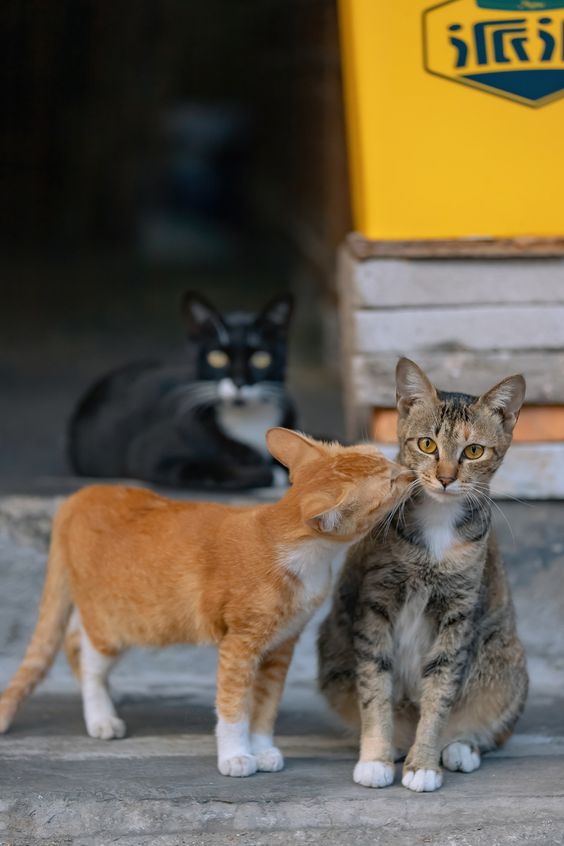
Cat families represent an evolutionary marvel, showcasing a diverse array of adaptive strategies and cultural significance across different species. From the solitary hunters to the complex social structures of lions, each facet of cat family dynamics reveals a profound story of survival and adaptation.
1. Evolutionary Origins and Diversification: The felidae family traces its evolutionary origins back millions of years, diversifying into a wide range of species adapted to various habitats and ecological niches. Species like the tiger, with its striped camouflage for stalking prey in dense forests, and the agile leopard, known for its solitary hunting prowess, exemplify the adaptive brilliance of cat evolution.

2. Social Structures and Cooperative Behaviors: Social structures within cat families vary significantly, reflecting adaptations to environmental pressures and resource availability. Among the most studied are the lion prides of Africa, where females collaborate in hunting and communal rearing of young, while males defend territories and ensure pride cohesion. In contrast, smaller felids like the serval exhibit solitary behavior, relying on stealth and agility for survival.
3. Cultural Significance and Symbolism: Throughout history, cats have held a prominent place in human culture, symbolizing attributes such as independence, agility, and mystery. Ancient civilizations revered cats as symbols of grace and ferocity, often depicting them in art and mythology. Today, domestic cats continue to captivate as beloved companions, embodying traits inherited from their wild ancestors.

4. Conservation Challenges and Ecological Roles: As apex predators, cats play a crucial role in maintaining ecosystem balance by regulating prey populations and controlling herbivore numbers. However, human-induced factors such as habitat loss, poaching, and conflict with livestock pose significant conservation challenges for many cat species worldwide. Conservation efforts focus on habitat protection, anti-poaching measures, and community engagement to ensure the survival of these iconic predators.
5. Future Perspectives and Research Directions: Advances in technology and scientific research provide new insights into the behavior, genetics, and ecological roles of cat families. Collaborative efforts among researchers, conservationists, and local communities are essential for developing sustainable conservation strategies and mitigating threats to cat populations globally. By understanding and appreciating the complexities of cat family dynamics, we can strive towards a future where these majestic creatures thrive in their natural habitats.

Conclusion: Cat families represent a testament to the wonders of evolution and the enduring connection between humans and wildlife. Through their adaptive strategies, cultural symbolism, and ecological roles, cats continue to inspire awe and fascination, reminding us of the importance of conservation and coexistence in an ever-changing world.

